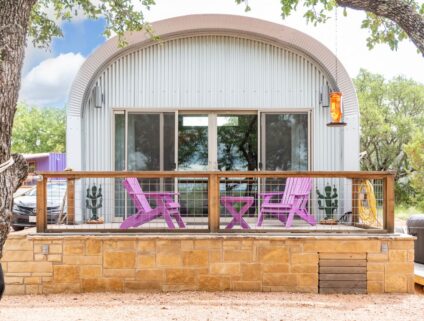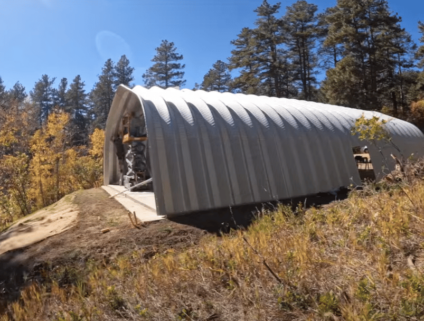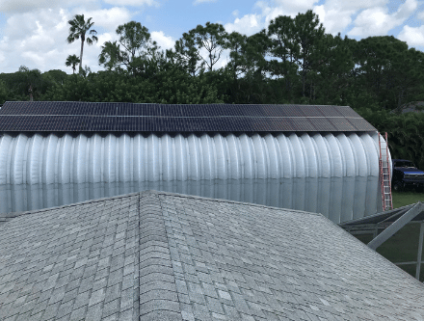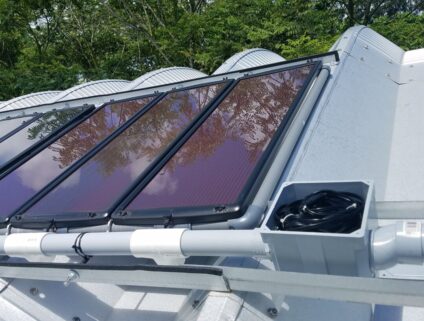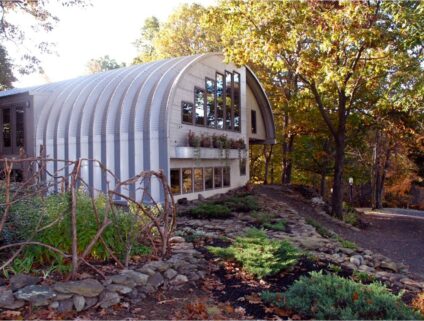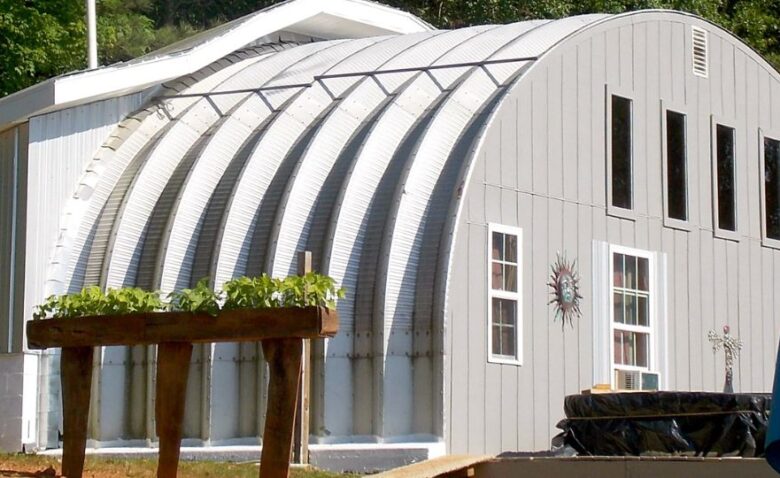
Eco-Friendly Buildings
Why Recycled-Steel Buildings Are Stronger & More Eco-Friendly
SteelMaster Buildings is proud to offer environmentally friendly buildings. These eco-friendly structures are designed to reduce the negative impact of construction on the natural environment by efficiently using energy, water, and other resources, protecting occupant health, and reducing waste, pollution, and environmental degradation.
Steel Quonset Hut Environmental Impact Vs. Traditional Buildings
Steel is arguably the best material to recycle because it’s easy to separate from other metals. Unlike other recycled materials, steel doesn’t lose any strength or functionality when it’s remelted and recycled.
Wood, brick and steel all have an environmental impact. When comparing these three types of building materials it’s important to look at both the initial environmental cost as well as what it means in the long term.
| Eco-Friendly | Quonset hut | Wood Building | Brick Building |
|---|---|---|---|
| 100% Recyclable | Yes | No | No |
| Relocatable/reusable | Yes | Maybe | No |
| Easy-to-expand | Yes | No | No |
| No waste construction | Yes | No | No |
| Additional building materials needed | No | Roofing | Roofing |
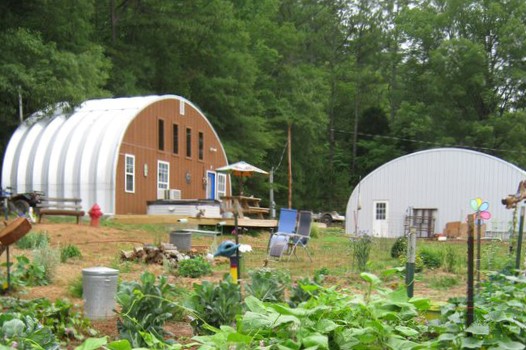
Nearly 70 percent of all steel is recycled in the United States, which in turn, saves 75 percent of the overall energy used in the production of raw materials. This high rate of recycling with no degradation of the final product and the energy savings in the recycling process makes steel buildings an ecologically conscious choice.
On top of being recyclable, Quonset huts are also easy to relocate and expand. So instead of having to waste resources to purchase a second or third building, you can just move the building or add to it.
How To Design An Environmentally Friendly Steel Building
There are many options for adding onto and customizing an environmentally friendly steel building in order to maximize its sustainability.
Take advantage of renewable resources
Uses sunlight by installing large windows and using solar-powered energy sources.
Utilize high-efficiency windows and insulation
Reduces energy use and increases the efficiency of the building envelope (the barrier between conditioned and unconditioned space).
Maximize solar gain
Orient windows, walls, awnings, and porches in a way that provides more natural light to maximize solar gain and lessen the need for electric light during the day.
Install on-site renewable energy sources
Using solar power, wind power, hydropower or biomass can significantly reduce the environmental impact of the building and maximize your eco-friendly building potential.
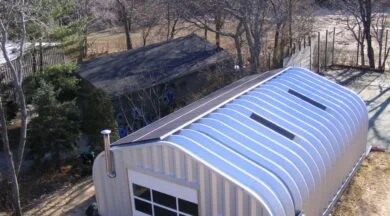
Get started on your eco-friendly project
Fill out the form below to get a free project consultation
Form Capture Name in CRM: English - Contact Form
"*" indicates required fields
By adding my phone number, I agree to receive recurring text messages at the phone number provided from SteelMaster Consent is not a condition to purchase. Carrier & data rates may apply. Message frequency may vary. Reply STOP to cancel. Reply Help for more information. View our Terms of Service for details.
LEED Certification & Sustainable Building Practices
Whether you’re looking to build a green home or sustainable retail establishment, turn to SteelMaster’s building specialists to help you create an eco-friendly structure that’s as attractive as can be LEED certified. On staff at SteelMaster, we have LEED building specialists who can work with you to design a building that minimizes any environmental impact.
All SteelMaster buildings, whether they are specifically engineered to be green, eco-friendly buildings or not, are made of at least 80 percent recycled steel and are covered in Galvalume Plus coating, which is Energy Star rated and reduces energy consumption by reflecting heat. This keeps your building cool in the summer and warm in the winter.

